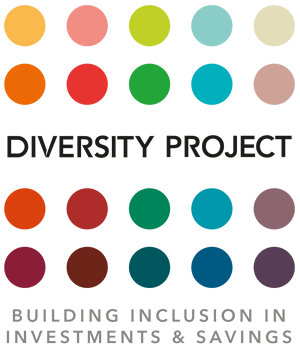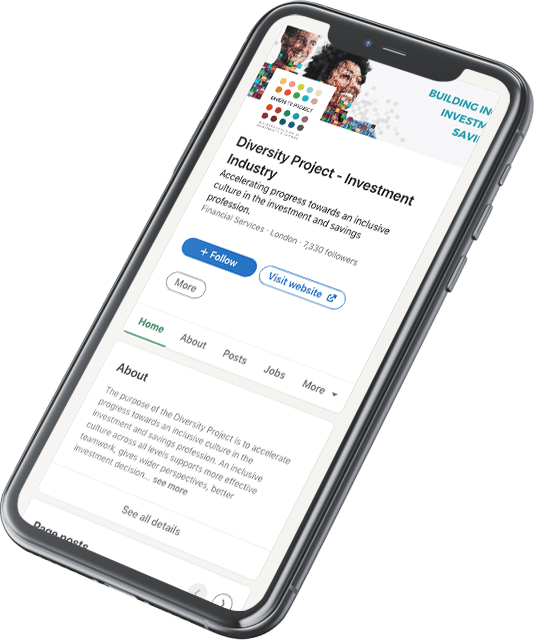Early careers through a social mobility lens: An interview with Rachel Allan
Early careers recruiting is a much-discussed way of introducing a more diverse workforce into your organisation, but how do you ensure your early careers intake is diverse from a socioeconomic perspective? We caught up with Rachel Allan – an L&D and Inclusion HR specialist with over 15 years’ experience in the Investment & Savings industry – to find out.
So how do you get started when you have the brief to recruit a truly diverse early careers cohort for your organisation?
The first step has to be getting buy-in. Many leaders talk about the importance of hiring a diverse cohort but do they really know what that means? To recruit a diverse early-careers cohort, particularly from a social mobility perspective, you need to get rid of potentially long-standing barriers to entry – having a degree, graduating from a particular university, studying particular subjects, achieving a 2:1, achieving certain grades at A level and so on. You might need to approach this piecemeal – so for some roles the bar might be higher, but you need to be clear on the entry requirements for each role and leaders and hiring managers need to be briefed and fully bought in.
Your leaders are on board, great. What’s next?
You need to have tightly defined role descriptions for each position. This should focus on aptitude and potential, as well as be aligned to your organisation’s values. You also need to have an agreed recruitment process. If you are asking for CVs, how will they be screened? Will you be asking candidates to provide a video of themselves outlining their interest in the organisation? And if so, what are the scoring criteria? Will there be any formal assessments? Formal assessments should be treated carefully as evidence is emerging that they can act as a deterrent to people from lower socio-economic backgrounds. Design your interview questions and then get them reviewed by hiring managers, former early careers participants and colleagues to check they aren’t disadvantaging anyone who might not have financial services experience. If there are individual or group tasks that form part of your assessment, review these to ensure they are accessible to everyone, regardless of their background.
What about the actual recruitment?
Whether you are recruiting yourself, or working with an agency or partner (e.g., Upreach or Investment 20/20), make sure everyone is aligned on what you’re looking to achieve as an end result. Make conscious decisions about where your adverts are going to appear and how you will drive traffic to them. Check the language and wording of your adverts (and job descriptions) to ensure they are welcoming to everyone, jargon free and don’t set the bar unnecessarily high. If you are recruiting graduates, think about the universities you would like to partner with and ask whether they are able to target students from lower socio-economic backgrounds. At each stage of the recruitment process, ensure you have robust and objective criteria to measure applicants against so you don’t arbitrarily rule out a quality candidate.
How will you know if you are actually recruiting people from lower socio-economic backgrounds?
As part of your hiring process you will need to ask the right questions which can be found here. You can then monitor the percentage of your applicants that come from different socio-economic backgrounds. If your organisation has signed up to the Diversity Project 2026 targets (one of which is 80% of early careers entrants to come from non-fee paying schools – i.e., to not have paid for the majority or all of their education), you can monitor this as a percentage too. You will then be able to monitor the socio-economic backgrounds of those who are successful at each stage of the recruitment process to understand whether you are seeing drop-outs. You should still be recruiting for the best candidates for the roles so this is a monitoring tool, not an influence on decision making. If you find that you a significant percentage of applicants are from lower socio-economic backgrounds but few roles offered to those applicants then you may want to review your recruitment processes.
Our hiring managers are giving feedback that some candidates are not as polished as others; what can I do?
Your training and briefing of everyone involved in the recruitment process is really important. We are looking for potential not just polish and this needs to be something everyone understands and agrees with. Candidates from higher socio-economic backgrounds might come across as more confident or more articulate. Your assessments and recruitment scoring need to take this into consideration so you are focusing on the content of the candidate’s answers, their curiosity and willingness to learn. Ultimately, you need to be giving everyone the best chance of succeeding and be open-minded enough to understand that potential can come from anywhere and may not fit any preconceived notions you have. Educate your hiring managers on the idea of cultural add rather than cultural fit. This should encourage them to recruit people who share the organisation’s values but aren’t a carbon copy of existing employees.
What about intersectionality? How can we best factor in other diversity characteristics when approaching social mobility?
A – Intersectionality is about understanding that some groups of people who experience multiple forms of discrimination or exclusion because they belong to different disadvantaged communities. Your recruitment communications need to reach everyone, perhaps through partnerships with schools or charitable organisations, and your organisation needs to have a culture where everyone can thrive. Done well, a focus on social mobility in your hiring should enable you to reach individuals who are genuinely diverse in terms of gender, race, ability, sexuality and neurodiversity……
Are there any additional considerations?
Yes, absolutely. Are you willing to pay travel expenses for interviews or relocation packages for successful applicants? This is obviously a big draw and help to those from lower socioeconomic backgrounds who struggle to pay high train fares and find the money for rent deposits. Also think about buddies and mentors – we need all our early careers participants to be matched with someone who’s going to give them the right welcome and support their onboarding experience. Make sure you offer a meaningful onboarding experience, telling people to wear business casual might not resonate. Not being explicit about working hours, lunch breaks, working locations and expectations on ways of working might disadvantage some individuals. If your organisation has role models in this space – senior individuals from lower socioeconomic backgrounds, is there a way of involving them in the recruitment and onboarding processes so candidates can see that the organisation contains people like them at senior levels. This is a great retention tool because, after all, we want our early careers cohort to stay given all the time and effort spent recruiting them in the first place.




